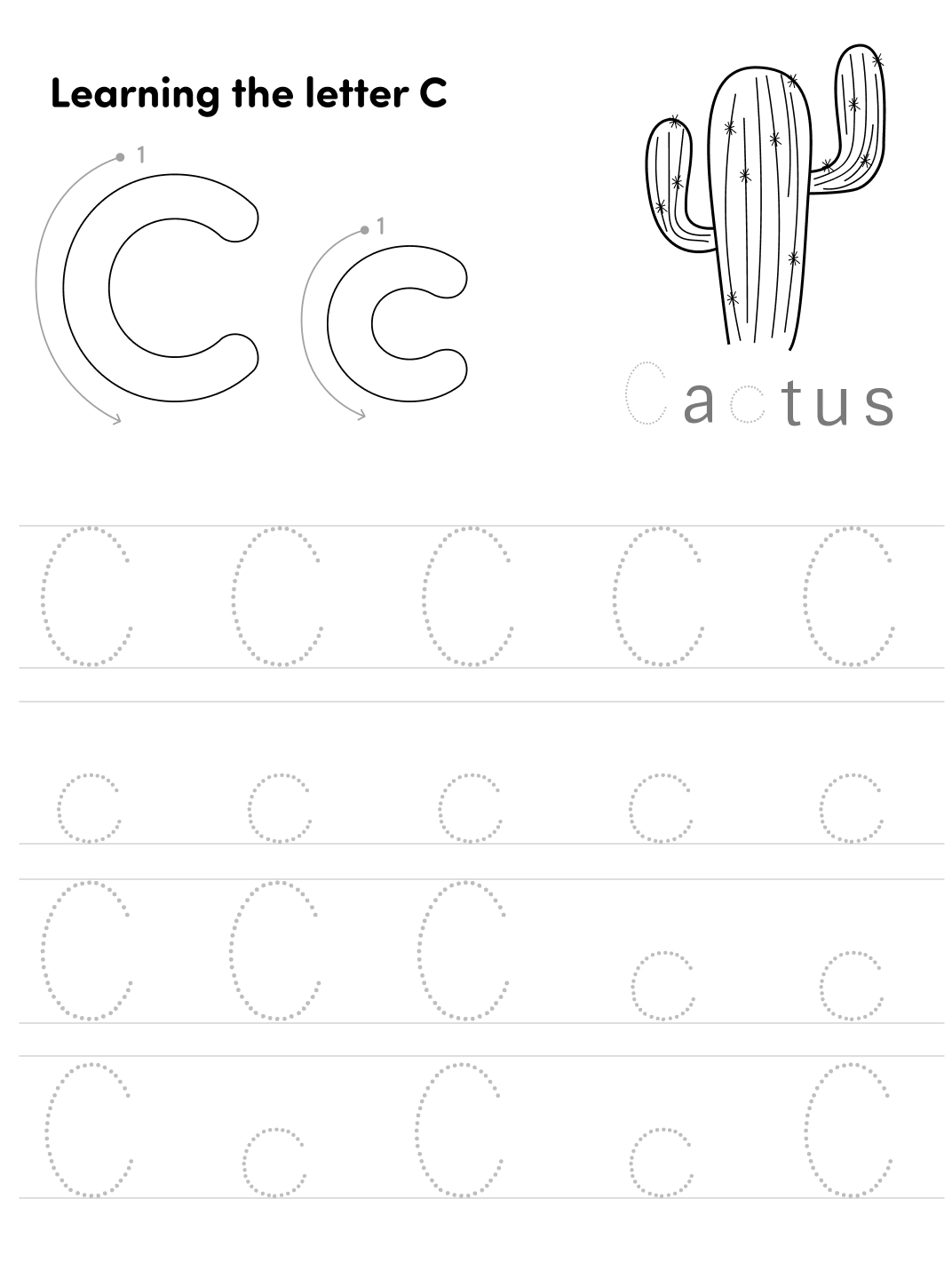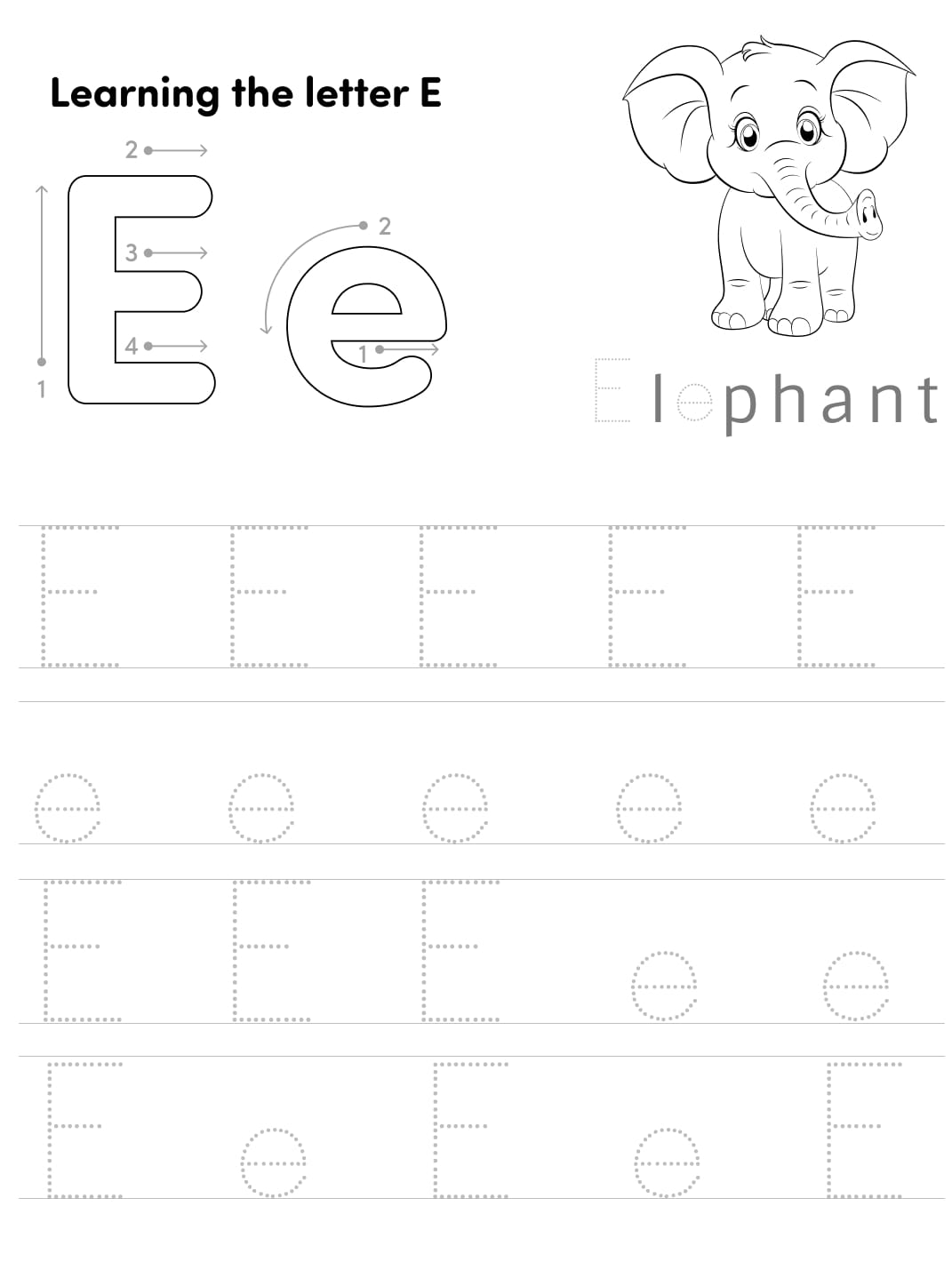Tracing the lowercase f and uppercase F
Before working with children on tracing the letter F (uppercase) and f (lowercase), they must developed certain fundamental skills:
- Fine motor skills: Children should have basic control of their hands and fingers. You can encourage this with simple activities like playing with modeling clay, using tweezers, coloring, or drawing lines and doodles. This will give them the dexterity needed to follow the strokes.
- Visual recognition of basic shapes: Identifying straight lines, curves, and combinations of these shapes. Understanding concepts like “up,” “down,” “straight,” and “curved.” Even if it’s a bit early, take the opportunity to introduce orientation concepts like left and right.
- Hand-eye coordination: Being able to align their hand movements with what they see.
- Holding a pencil: Knowing how to correctly hold a pencil or crayon using the tripod grip (thumb, index, and middle fingers).
- Alphabet recognition: Becoming familiar with the sound and shape of the letter F within the context of the alphabet.
- Uppercase and lowercase concept: Understanding that the same letter can have two different forms, and both represent the same sound.
Possible Difficulties and How to Solve Them:
Children might encounter difficulties with:
- Stroke direction: Some may reverse the direction of the lines or start from the end.
- Solution: Reinforce the correct direction by tracing the arrows on the worksheet with their finger several times before using a pencil. You can use songs or rhymes that connect the direction with movements (e.g., “line goes down, line goes up, line in the middle”).
- Pencil control: Keeping a steady stroke within the dotted lines can be challenging for developing fine motor skills.
- Solution: Offer preparatory activities to strengthen hand muscles. Allow them to take breaks if they get tired and encourage them to try again. Using thick pencils with a good grip can help.
- Distinguishing uppercase and lowercase: Some may confuse the shapes of F and f.
- Solution: Visually highlight the differences between the two letters. You can use different colors to trace them or emphasize the features that make them distinct (like the double horizontal bar in F).
- Staying motivated: Repetition of strokes can become monotonous.
- Solution: Add playful and creative elements. Let them decorate their letters, draw pictures related to words that start with F, or work in small groups to make the activity more interactive.










